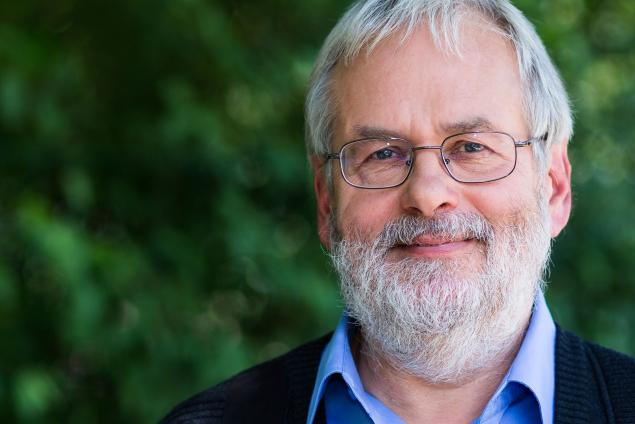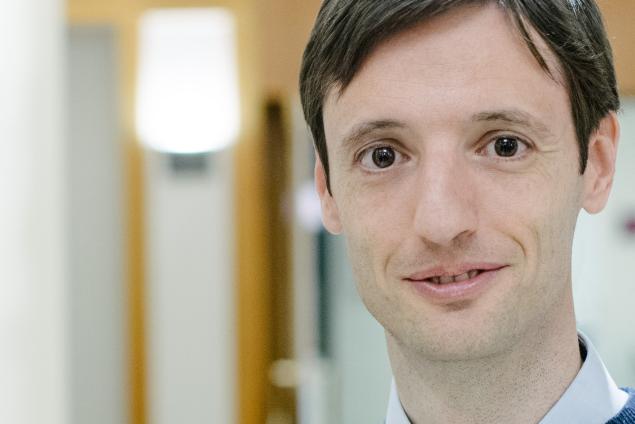Scroll to Section:
So far, the understanding we have of cosmic structures comes from numerical simulations. As MATTHIAS BARTELMANN explains in this video, his research group has developed a different method to calculate the statistical properties of cosmic structures in order to better understand why they evolve in the way they do. The researchers employed concepts of statistical field theory and could therefore use much simpler dynamical equations. They applied this new approach to describe the power spectrum of cosmic structures, i.e. the degree to which cosmic matter clusters. They thus obtained the same results as the numerical simulations, but in a much simpler way that saves considerable amounts of computation time, reducing it from months to a matter of seventy seconds. This will allow researchers to gain a much better understanding of the formation of cosmic structures in a feasible amount of time.
DOI:
https://doi.org/10.21036/LTPUB10453
Institution

Heidelberg University (Ruprecht-Karls-Universität Heidelberg)
"Heidelberg University, founded in 1386, is Germany’s oldest university and one of the strongest research universities in all of Europe. The successes in both rounds of the Excellence Initiative and in internationally recognised rankings prove that Heidelberg’s excellent reputation and leading role in the scientific community are well deserved. In terms of educating students and promoting promising early-career academics, Heidelberg relies on research-based teaching and an outstanding, well-structured training for doctoral candidates. Heidelberg University is a comprehensive university, offering the full spectrum of disciplines in the humanities, law and the social sciences alongside the natural and life sciences, including medicine. As a comprehensive university, Heidelberg aims to continue to strengthen the individual disciplines and to further interdisciplinary cooperation, as well as to carry research results over into society and industry. With its aspiration of connecting traditional values with future-oriented scientific concepts in research and teaching, the university is building bridges to the future – Zukunft. Seit 1386." ( Source )
Show more
Original publication
A Microscopic, Non-equilibrium, Statistical Field Theory for Cosmic Structure Formation
New Journal of Physics
Published in 2016
Kinetic Field Theory: Effects of Momentum Correlations on the Cosmic Density-fluctuation Power Spectrum
New Journal of Physics
Published in 2016
Reading recommendations
Non-equilibrium Statistical Field Theory for Classical Particles: Basic Kinetic Theory
Physical Review E
Published in 2015
Trajectories of Point Particles in Cosmology and the Zel'dovich Approximation
Physical Review D
Published in 2015
Beyond
A Ground-breaking Scientific Revolution
An Alarming Challenge for Society
If I Had a Second Life
A Personal Reading Recommendation




